Multiple therapies to treat hemiplegia should be started as soon after birth as possible, due to the incredibly high neuroplasticity in infants and toddlers. Early and consistent therapy affords a HemiChild the best possible opportunity to improve the use of the affected side of their body. Therapies can include Occupational Therapy, Physical Therapy, Speech Therapy, Constraint-Induced Movement Therapy (CIMT), Hand-Arm Bimanual Intensive Therapy (HABIT), Aquatic Therapy, and Equine Therapy.
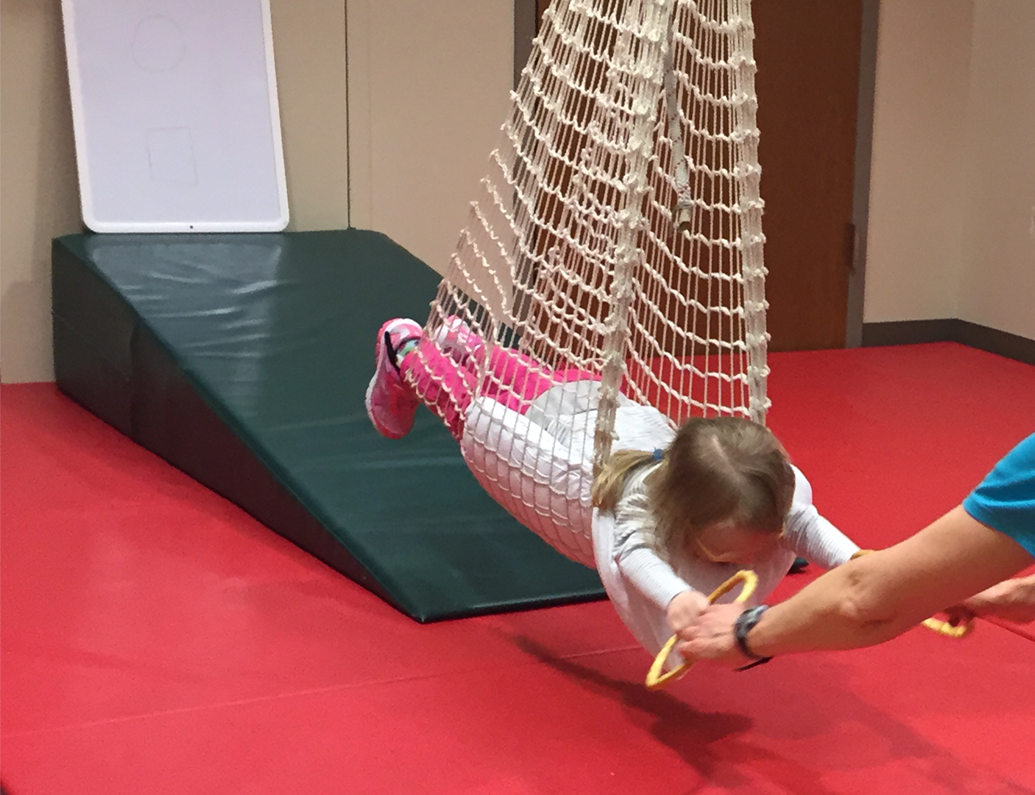
A common sign of hemiplegia is in the carriage of the affected hand, typically with the thumb tucked inside their palm and their hand curled into a fist. HemiChildren can also keep their affected-side elbow bent, and their affected arm held close to their body. Hemiplegic children have difficulty with supination (outward roll) of their affected arm, and with the upward extension of their affected wrist. Their affected arm and hand are typically quite a bit weaker than their stronger side. These are some of the many conditions addressed by Occupational Therapy, which focuses primarily on exercises to help both sides work together as properly as possible.
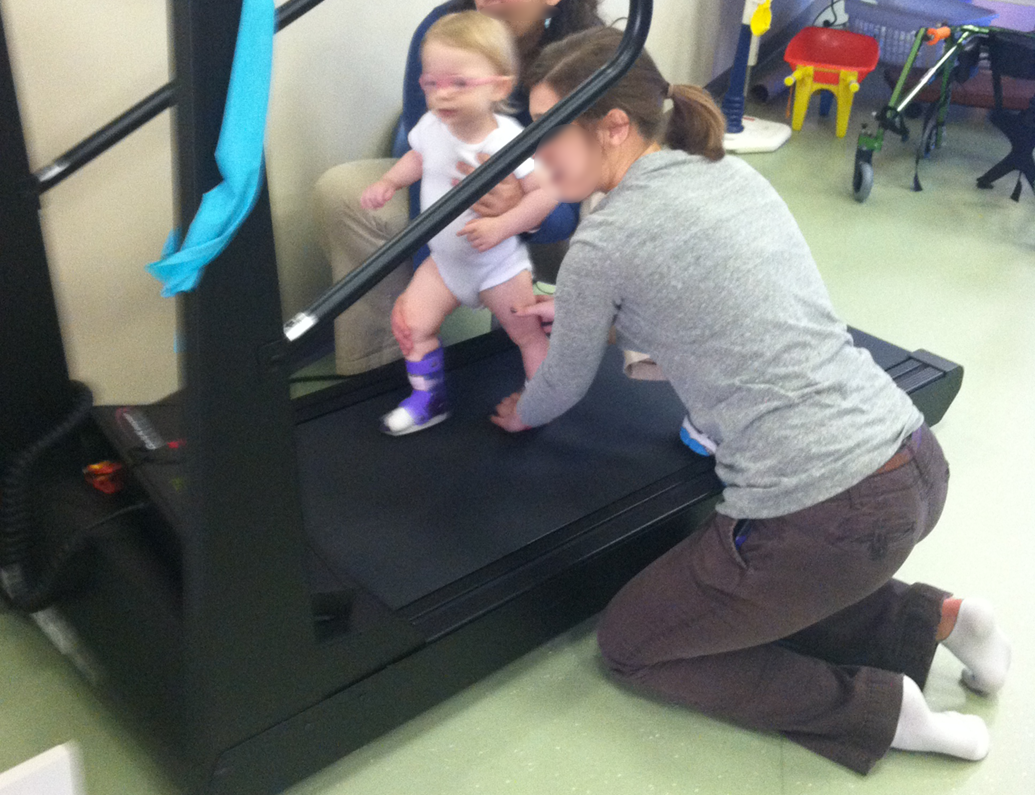
Physical Therapy focuses primarily on a hemiplegic child's legs and feet, working with their standing and sitting postures, gait, flexibility, balance, heel extension, and much more. Because legs are constantly weight-bearing, weakness is not quite as pronounced as it is with arms and hands. Spasticity (muscle stiffness) is a large problem with the affected ankle and foot; a hemiplegic child typically walks on the balls of their affected foot, as it is difficult for them to stretch their ankle enough for their heel to strike the ground first. Spasticity typically also causes hyperextension of the HemiChild's affected knee. These problems are typically addressed through the use of AFO's (Ankle-Foot Orthotics).
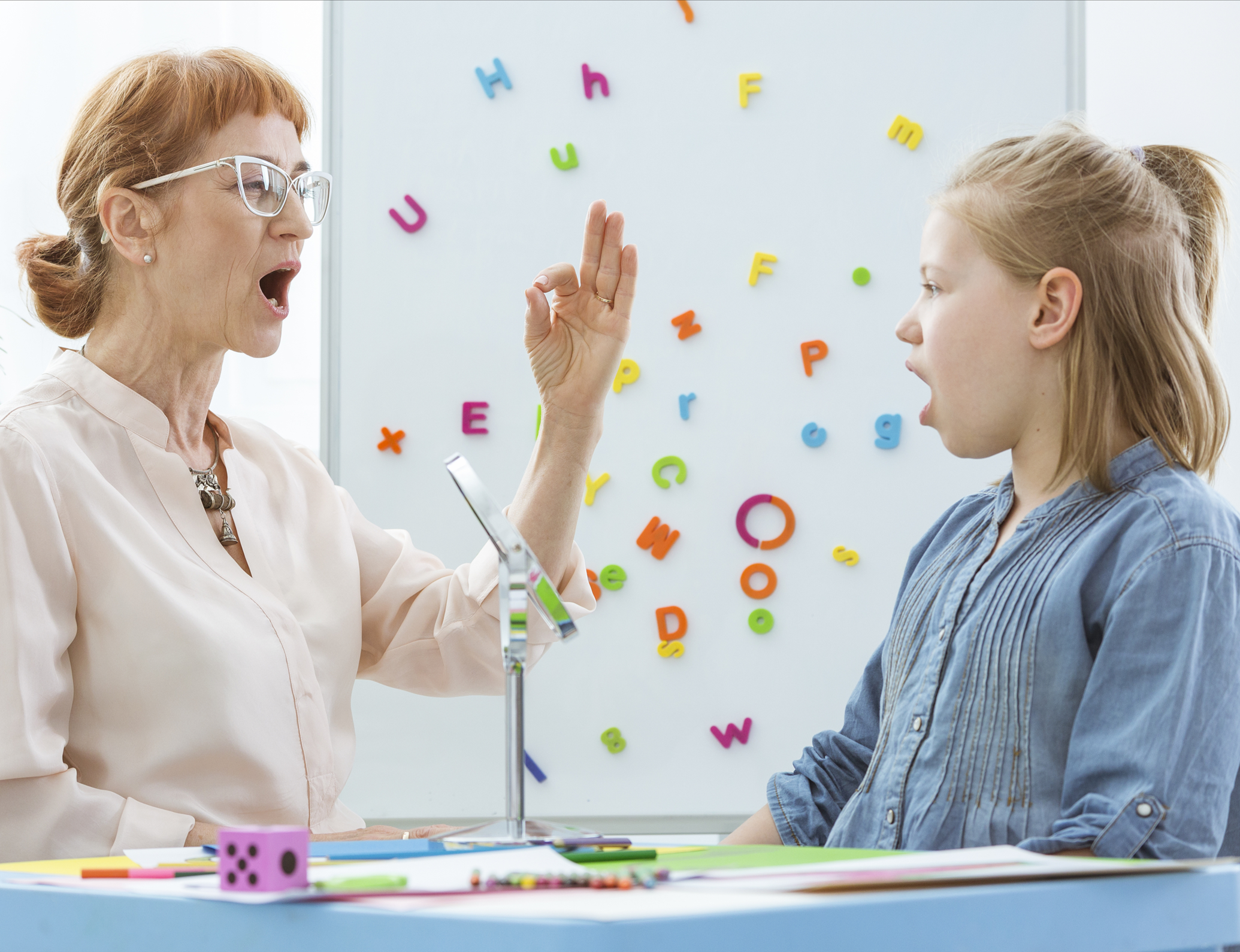
Many hemiplegic children have speech difficulties caused by their stroke. Their ability to express verbally can be delayed, even though they are able to comprehend verbal input normally. Three typical types of speech impairments hemiplegic children can have are aphasia, apraxia, and dysarthria.
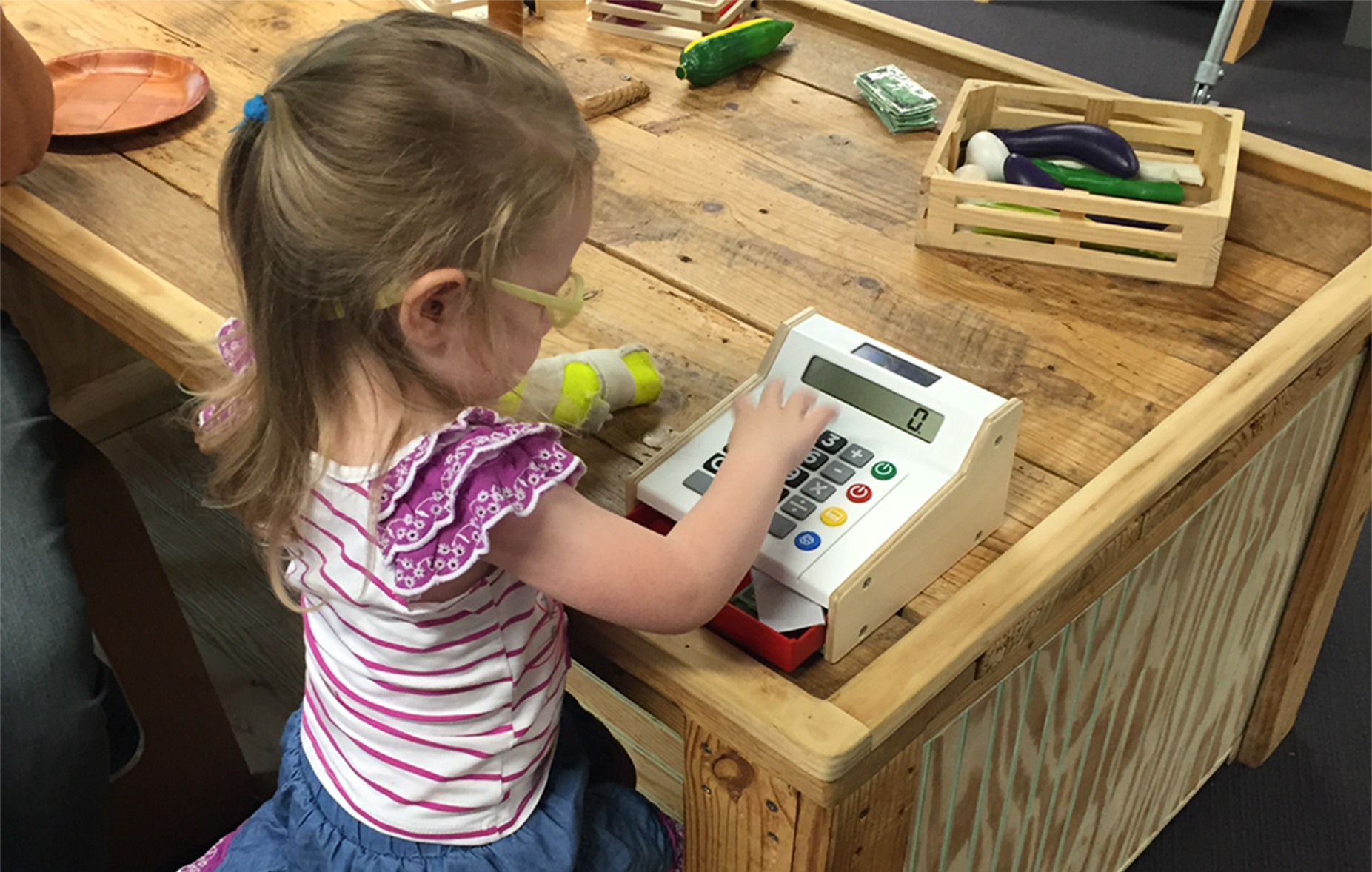
Constraint Induced Therapy (CIT) combines restraint of the stronger arm with intensive use of the weaker arm to improve functionality of the weaker arm and hand. A removable cast is created and placed on the stronger arm for up to 6 hours per day for 1 month at a time. While wearing the cast, the child is constantly engaged in activities that require the use of their weaker arm. This therapy is repeated every 6 months, and creates new neural pathways that help the strength, control, and movement of the weaker arm for the rest of a child's life.

Hand-Arm Bimanual Intensive Therapy (HABIT) is a new type of therapy developed at Columbia University, with a focus on intensive use of both arms and hands together.
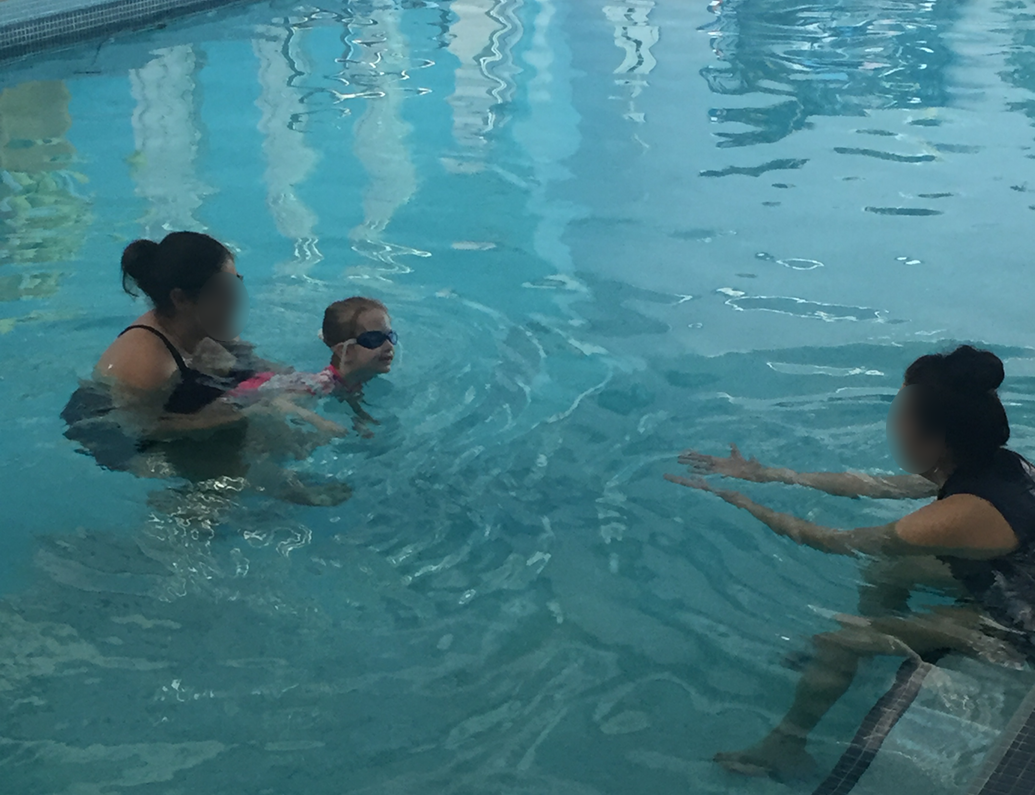
Aquatic Therapy can be a part of Physical Therapy treatments, and focuses on the ability to use both legs and arms together to learn how to stay afloat and swim. Aquatic Therapy is important for steady improvement of balance, coordination, and strength.
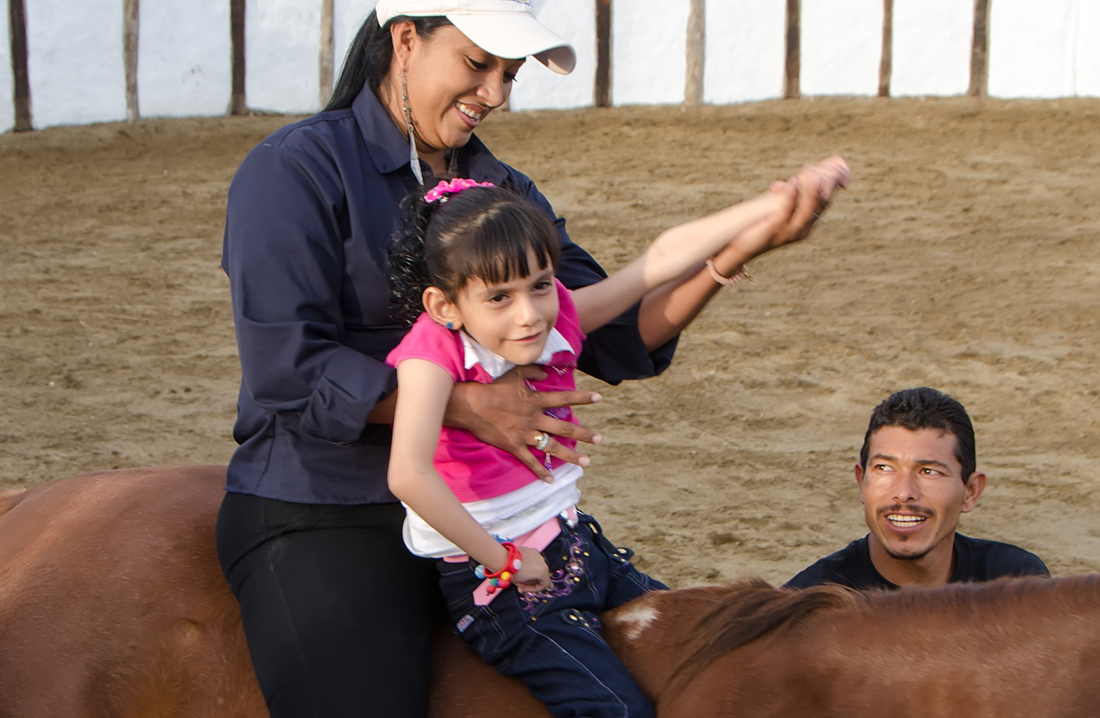
Equine Therapy (Hippotherapy) involves horse-riding with a professional Physical Therapist, and is great for improvement of strength, balance, and coordination.